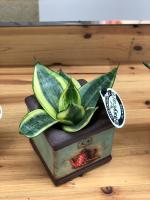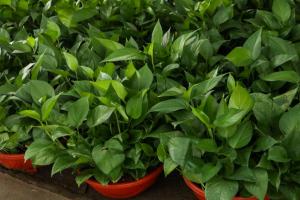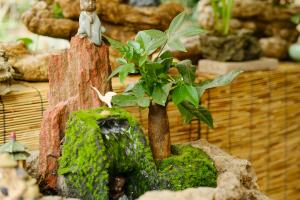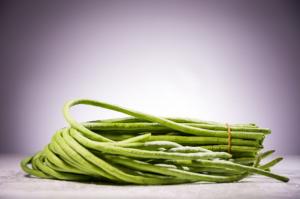Introduction
One of the most crucial factors for growing healthy and happy indoor plants is choosing the right potting mix. Potting mix not only anchors the plant roots but also provides a source of nutrients and aids in the retention of water. With the different options available, it can be challenging to determine the best potting mix for indoor plants. This article aims to provide insight into some of the most popular and effective potting mixes.
Peat-Based Potting Mix
A popular choice for indoor plants is a peat-based potting mix. Peat moss is a common ingredient in this type of mix as it is well-draining and holds moisture well. It also has a slightly acidic pH, which is beneficial for specific plant types. However, peat moss does not have any added nutrients, so gardeners should add fertilizer to the mix before planting. Using a peat-based potting mix may also have negative environmental impacts as peat bogs are being destroyed to harvest peat moss.
Coco Coir-Based Potting Mix
Another alternative to a peat-based potting mix is a coco coir-based mix. Coco coir is derived from coconut husks, and it has a similar texture to peat moss. It is also an excellent choice for indoor plants as it is well-draining and has excellent water retention. Compared to peat moss, coco coir is more environmentally friendly as it is a renewable resource. Coco coir-based mixes often have additional nutrients, eliminating the need to add fertilizer. This type of potting mix is an excellent choice for gardeners looking to be environmentally conscious.
Vermiculite and Perlite-Based Potting Mix
A vermiculite and perlite-based potting mix is an option that provides excellent drainage and is light in weight. Vermiculite is heated to form pellets that are added to the soil to add air space, retain moisture, and provide nutrients. Perlite is a volcanic glass that is added to the soil to offer aeration and drainage. Together, these two ingredients create a lightweight and well-draining mix. Gardeners should be cautious when using a vermiculite and perlite-based mix as it can be difficult to keep the soil moist, and for this reason, it may not be suitable for all indoor plants.
Compost-Based Potting Mix
A compost-based potting mix is an excellent choice for gardeners as it is nutrient-rich and reduces waste by using composted organic matter. Adding compost to the soil also increases its water-holding capacity, prevents disease, and improves soil structure. Gardeners can create their own compost or purchase a pre-made mix from their local garden center. It is important to note that compost can be heavy, and it may not be the best choice for plants that require excellent drainage.
Avoid Soil-Based Potting Mixes
It is crucial to avoid using soil-based potting mixes as they can prevent proper drainage and cause root rot. Soil-based mixes can also harbor pests and diseases, causing harm to indoor plants. It is best to use a specific potting mix made for indoor plants for the best results.
Conclusion
Choosing the right potting mix is essential for healthy indoor plants. Whether a gardener chooses a peat-based mix, a coco coir-based mix, a vermiculite and perlite-based mix, or a compost-based mix, each offers different benefits. Regardless of the type of mix, gardeners should look for products with excellent drainage and water-holding capacity for the best results. By selecting the right potting mix, gardeners can ensure their indoor plants thrive for years to come.

 how many times do yo...
how many times do yo... how many planted tre...
how many planted tre... how many pine trees ...
how many pine trees ... how many pecan trees...
how many pecan trees... how many plants comp...
how many plants comp... how many plants can ...
how many plants can ... how many plants and ...
how many plants and ... how many pepper plan...
how many pepper plan...
































